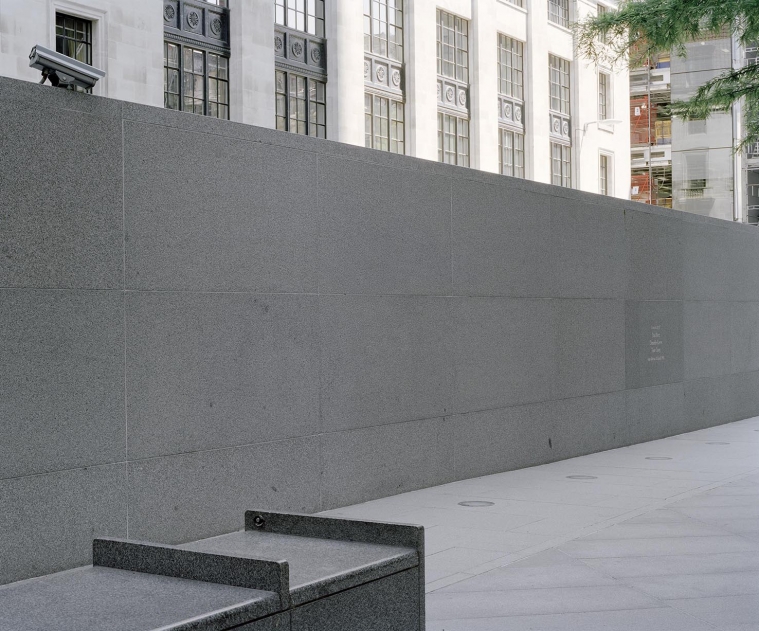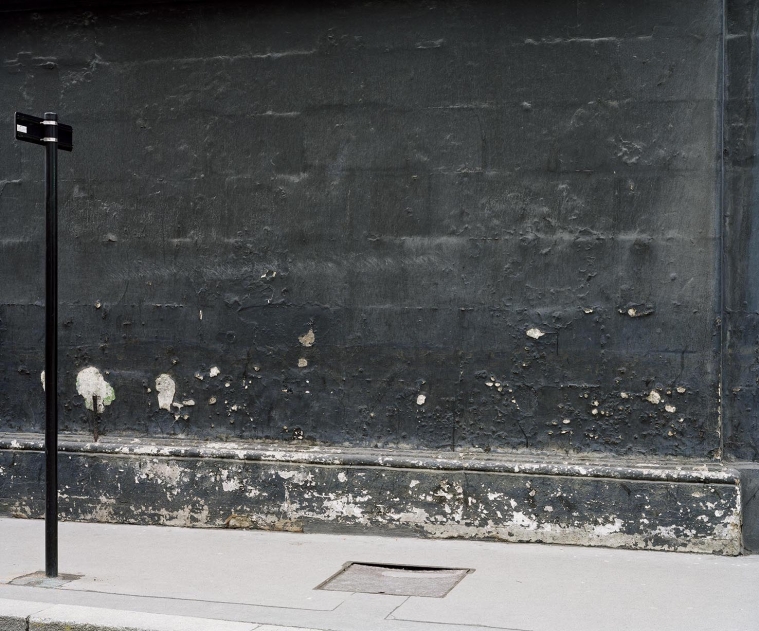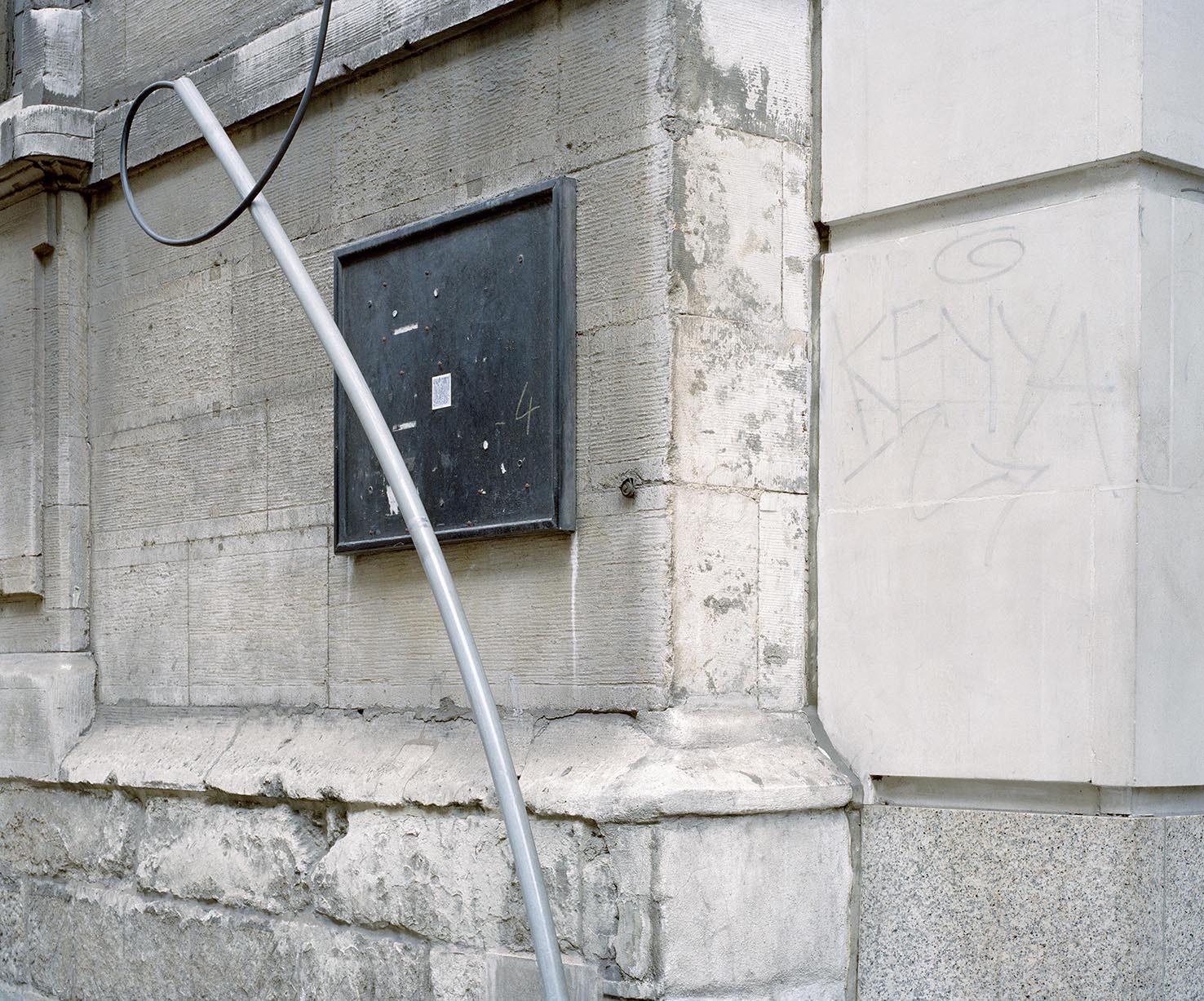SITES OF CAPITAL
Artist/Author: Xavier Ribas
The London Stock Exchange Year-Book of 1908 lists 45 nitrate companies, sharing 18 postal addresses located in 9 streets in the City of London (and 3 streets in Liverpool). This counter-geography of nitrate in financial district of London gives an indication that the industry was run and managed by a small number of people. But, above all, it is an indication of the different geographical dimensions of this industry on each side of the Atlantic.
In the Atacama Desert, construction and demolition was a single cycle of arrival and departure of capital, of investment and abandonment. In the City, however, construction and demolition perform a constant, hardly interrupted, cycle of production and reproduction of capital. On some occasions, however, as happened in the early 1990s, demolition fell unexpectedly upon the City.
On the 10th of April 1992, the home of the Baltic Exchange, located in the City of London since the mid-eighteenth century, was demolished by a fertiliser bomb inside a white van, planted by the IRA. The following year, on the 24th of April 1993, the IRA planted another bomb inside a blue tipper truck parked opposite the Hong Kong and Shanghai Banking Corporation (HSBC) in Bishopsgate. As a result of the blast the medieval church of St. Ethelburga was completely destroyed, but was rebuilt ten years later to house the Centre for Peace and Reconciliation. The font that survived the explosion displays an engraved circular palindrome in ancient Greek that reads: ‘Cleanse my transgressions, not only my appearance’.
The photographs of this series are accompanied by a framed text piece that combines the register of the nitrate companies in the London Stock Exchange Year-Book of 1908, listed by address, and text fragments from IRA communiqués and reports on the IRA explosions by the Metropolitan Police and the Museum of London Archaeological Service (MOLAS). Images and text, therefore, bring together two geographies superimposed onto each other: that of nitrate as commodity and capital, and that of resistance to colonial impositions. With the explosions on the streets of London's financial district, the transformative and destructive qualities of nitrate as mineral, commodity and capital come full circle.




















